01.07.2019, Learning Scoop
Child’s Individual Path: Navigating the Road Ahead
Summer holidays have finally begun for most families and children in Finland! Most daycare centres are closed and families enjoy their quality time together! My two next-door neighbours aged 4 and 5 years shared what they would be doing in coming weeks. One of them was going to a summer cottage by the lake, hoped to swim a lot and maybe even dare go in water without floaties. Another was thinking about needed supplies for an ant hill research in the nearby forest. Will these children and other peers learn anything this summer?
 Absolutely yes! However, they are most likely to learn different things, in different ways and at their own rates. There is hardly anything new in saying that children learn as individuals, learn for themselves in their time provided, that adults support children in maximizing their potential and accommodating their individual needs.
Absolutely yes! However, they are most likely to learn different things, in different ways and at their own rates. There is hardly anything new in saying that children learn as individuals, learn for themselves in their time provided, that adults support children in maximizing their potential and accommodating their individual needs.
When back to daycare centers in the Autumn, how can we educators cater for diversity in children’s groups and provide for individual growth instead of stumbling over ‘one-size-fits-all’ approach with a promise for a better classroom management but in reality squeezing children down narrow channels?
One well-established and valuable practice in the Finnish education system is building an individual path for each learner. Building the individual path is in fact a common thread that unites Finland’s National Core Curricular for education at all levels from early childhood onwards. The underlying thinking is that in the journey of lifelong learning the person needs to follow their unique path that cannot be walked by another person.
In early childhood we begin building the individual path by drawing up the child’s individual Early Childhood Education and Care (ECEC) Plan. The Plan is developed not only for the child with learning or behavioural challenges or support needs of various kinds. The individual Plan is designed for every child in the group to have access to meaningful curriculum and balanced social, psychological and physical environments.
The individual ECEC Plan is drawn up annually, usually within two months of the start of the school year around September and October. It is a collaborative document and builds upon four perspectives: the National Core Curriculum for ECEC; the educators’ pedagogical knowledge, professional expertise and observations on central factors in the child’s development, learning and well-being, and on how the child interacts in a group; the views and opinions of the child’s guardians; and the views and opinions and the child.
The aim of the Plan is to set shared objectives for action and agree on ways to promote the child’s individual development, learning and well-being in a systematic and goal-oriented manner.
This is why the Plan is in the first place a pedagogical plan and serves as a tool for designing a pedagogical activity. The Plan itself is discussed at a pre-scheduled meeting together with the child and the child’s guardians. Both, the educators and the child’s guardians, prepare for the discussion meeting and make their notes in the blank copies of an individual ECEC Plan prior to the meeting.
What is inside the individual ECEC Plan then? The Plan supporting the implementation of the national Core Curriculum for ECEC is not about describing what the child is like (e.g., smart, kind, aggressive), or merely ticking the child’s skills in the developmental milestones chart (e.g., can balance on one foots, cannot feed self). Instead, together with the child’s guardians we discuss the child’s strengths and successes and how they are taken into consideration in terms of action.
Here is an example: Roosa is able to recognize and name own feelings. She has learnt a breathing technique to calm down when upset or frustrated. Roosa’s father tells us that she uses the technique at home too. At the daycare, we take emotional intelligence aspects into consideration when planning group activities.
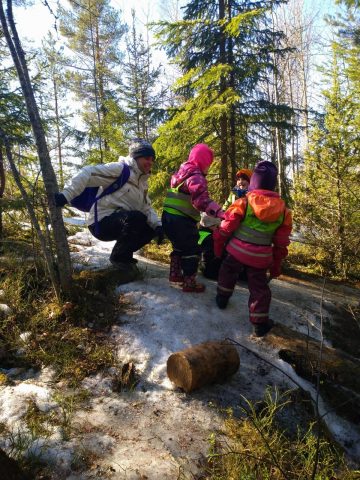 We both, the educators and the child’s guardians, closely observe, listen to the child, notice what ideas, interests and opinions the child conveys through their action or formulates verbally. When taking the child’s perspectives in the Plan, we emphasise the child’s agency in learning.
We both, the educators and the child’s guardians, closely observe, listen to the child, notice what ideas, interests and opinions the child conveys through their action or formulates verbally. When taking the child’s perspectives in the Plan, we emphasise the child’s agency in learning.
Discovered strengths and interests serve as the basis for setting the objectives that are significant for the child’s well-being and learning. They do not only give us a lot of information on the child’s emerging skills that need advancement but also on the child’s resource that can be utilized in practicing new skills.
Importantly, the objectives are not articulations of our expectations for the child to reach. The objectives have to specify what action the educators and child’s guardians take to support the child’s development in the desired direction.
For example: Because Saara is eager to learn new words, we will help her grow vocabulary and invite her to use new words in suitable situations and experiences. We have agreed with her guardians that we share practical ideas and their impact with each other on a regular base.
The next step is to develop measures and methods for achieving the objectives. They need to be motivating, engaging and relevant to the child to let them experience ownership of their learning and eventually gain pride in achievements. They also need to be very concrete and practical.
Another example: Because Aapo needs to move a lot during the day both at home and day-care, we will create more opportunities to move. We will combine physical activity with songs, rhymes and stories, take more active breaks, use various animals and vehicles movements in transition situations, integrate Aapo’s good construction skills into building obstacle courses with sports equipment for others to try, move to different types of music, explore the impact of movement on health.
 The individual ECEC Plan needs to be assessed and reviewed at least once a year, or whenever necessary. Initiation of the Plan review can come from the day-care centre or the family. Because we set the objectives for action, we focus on assessing pedagogical activities, arrangements, learning environments, not the child. We discuss whether the measures have been realized, whether they have been functional, effective and impactful, what new solutions, changes or modifications to adults’ action need to be considered.
The individual ECEC Plan needs to be assessed and reviewed at least once a year, or whenever necessary. Initiation of the Plan review can come from the day-care centre or the family. Because we set the objectives for action, we focus on assessing pedagogical activities, arrangements, learning environments, not the child. We discuss whether the measures have been realized, whether they have been functional, effective and impactful, what new solutions, changes or modifications to adults’ action need to be considered.
The primary responsibility for coordinating the process of drawing up and assessing the Plan rests with the key teacher working with the child. Other professionals like special education teacher, psychologist, occupational therapist, speech therapist, medical nurse or doctor and others join in the process when necessary or when more complex support measures need to be provided to the child.
I feel good about my two next-door neighbours who will get back to the day-care centre in August after the summer holiday. Their educators know that the way we adults tune into the child’s path and walk down the path together becomes their way. Ultimately, there is a difference between knowing the path and walking the path, just as there is a difference between fitting the child into the curriculum and making the curriculum for the child.
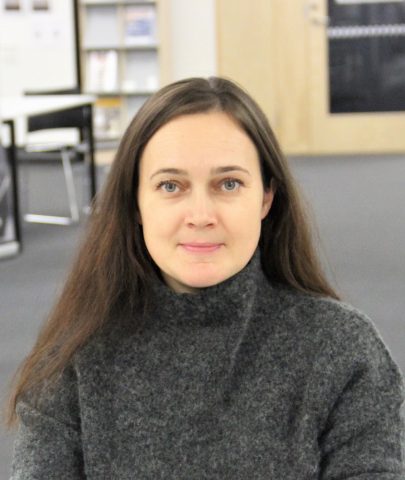
Elena Chukhlantseva
Early Childhood Education and Care Specialist

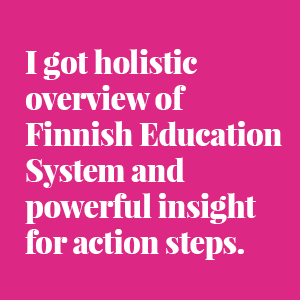

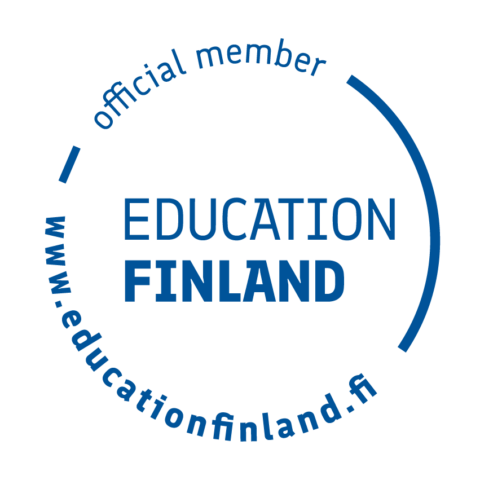






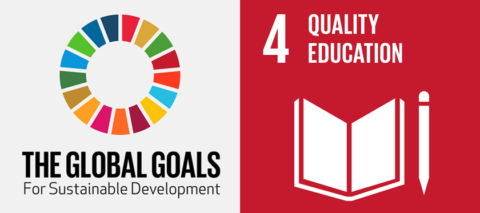

Follow us: